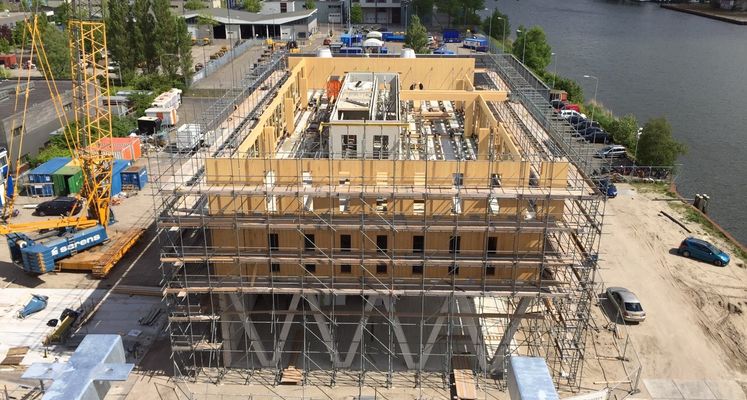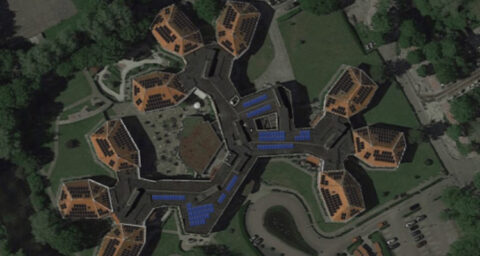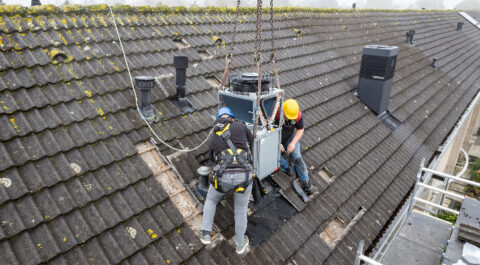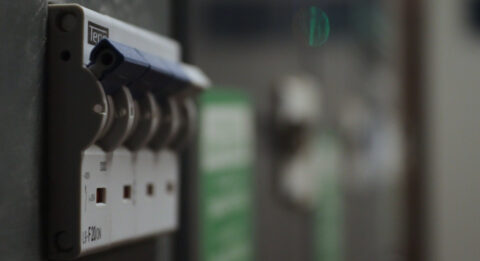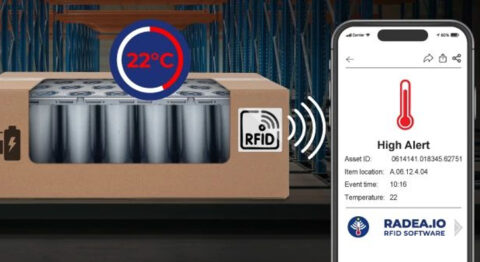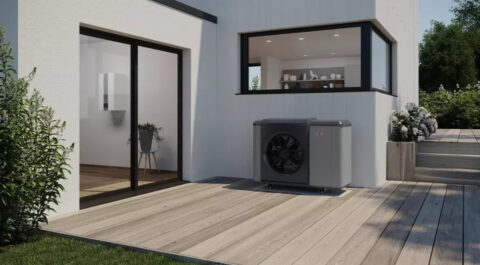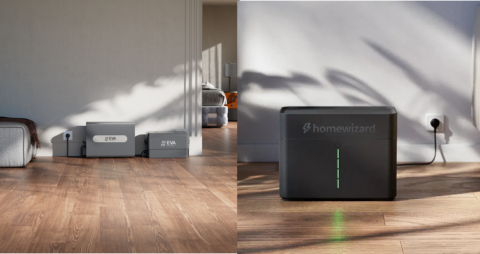Since January 1, 2024, the Environment Act has been in force. Simultaneously with the Environment Act, the Building Quality Assurance Act (Wkb) will also be phased in.The purpose of the Wkb is to increase the quality of construction. The Wkb does not immediately apply to all buildings.
Until January 1, 2024, the municipality tested in advance whether your building plan meets the building regulations. From Jan. 1, 2024, a quality assurance company must do this test for low-risk structures (Consequence Class I). This quality assurance contractor must hire contractors or clients themselves.
The law will be phased in starting Jan. 1, 2024, and will apply specifically to building and renovation plans.
- As of Jan. 1, 2024, the law applies to new construction plans for low-risk structures.
- Conversion plans for low-risk structures then follow on July 1, 2024.
- Not until 2029 at the earliest will the law take effect for all construction plans.
A client or construction company hires a quality assurance company to supervise the quality of a building plan. This changes the role of the municipality or ODMH. They only check spatial aspects in advance. Municipalities also check the files for completeness and assess the assurance plan of the parties involved in the building process. For the time being, the Wkb only applies to smaller building objects such as industrial buildings and ground-level houses.
Structures in consequence class 1
Construction works are divided into different groups. We call these consequence classes. The greater the consequences if something goes wrong during construction, the stricter the requirements are. The Wkb applies to structures in consequence class 1. These are low-risk structures. These are:
- Ground-built homes, also with garage and home office, for example
- Houseboats
- Vacation rentals
- Commercial buildings of up to 2 floors, also with a small office or small canteen
- Additions to other uses of up to 2 storeys, for example, a warehouse at a store
- Small bicycle and pedestrian bridges of up to 20 meters, which are not over a state highway or county road
- Other structures not exceeding 20 meters in height, such as masts and antennas
This changes
- For new construction of structures in consequence class 1 (such as ground-level homes, small business premises, small bicycle and pedestrian bridges), from January 1, 2024, the technical part will no longer require a permit, but the initiator must submit a notification via the Digital System for the Environment Act (DSO). Among other things, it must state who the quality assurance contractor is, and an assurance plan and a risk assessment must be submitted.
- At the end of the construction process, the quality assurance officer provides a declaration that he has justified confidence that the work complies with the building regulations. The initiator must submit this declaration, along with various drawings and calculations of the completed structure, to the competent authority (usually the municipality) when reporting the completion of the project.
- ALL construction work, ranging from replacing a window frame to building a hospital, is subject to additional warning requirements. Also, for new contracts concluded from Jan. 1, 2024, a contractor's liability is broadened and a completion file must be handed over. Advice is to make agreements in the contract about what goes into the completion file. Use the AGM Consumer 2023 and the AGM Business 2023 with the corresponding model agreements (to be found on bouwendnederland.nl/modellen).
- When building new homes, the builder must inform the consumer about how they are insured. A builder must also send a letter to the consumer in the second month after completion regarding the 5% deposit. A sample letter can be found at bouwendnederland.nl/models.
For new construction only
The following structures are not covered by the Wkb:
- National, provincial and municipal monuments
- Structures requiring an environmental permit or permit/report for fire-safe use
- Building activities where there is an equivalent solution for fire or structural safety, including application NEN 6060 and 6079
